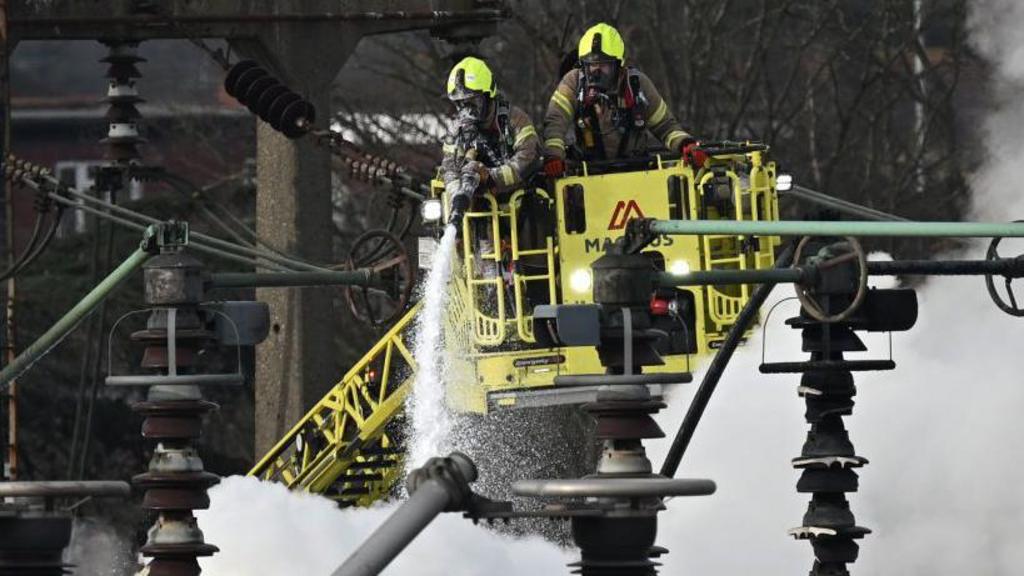A newly released report examines the electrical substation fire that led to a near-daylong shutdown of Heathrow Airport, disrupting travel for over 200,000 passengers.
The National Energy System Operator (NESO) report identifies the likely cause of the fire and reveals that National Grid, the substation operator, received warnings about a potential fault seven years prior to the incident.
Here are five key takeaways from the report’s findings.
The NESO report addresses a primary concern: the cause of the fire.
The fire originated in a “supergrid transformer,” a device that reduces high-voltage electricity from the transmission grid to a lower voltage for distribution to Heathrow Airport and surrounding areas.
Investigators concluded that moisture intrusion into the high-voltage “bushing,” the insulation surrounding electrical connections, was the most probable cause.
This intrusion led to a short circuit and “arcing” – electrical discharges similar to those in a spark plug – culminating in a “catastrophic failure.”
The failure ignited the transformer’s cooling oil, disabling two transformers and cutting off power to Heathrow Airport.
The report indicates that signs of moisture were detected at the North Hyde substation as early as July 2018.
According to National Grid’s guidelines, such findings constituted “an imminent fault” requiring immediate replacement.
However, the issue was not addressed at that time.
In 2022, routine maintenance on the transformer was postponed.
Despite multiple attempts to reschedule maintenance, no action was taken.
Heathrow Airport’s electricity consumption is comparable to that of a small city, relying on three connections to the national grid.
Airport officials were aware that the failure of one connection would necessitate a 10-12 hour closure to switch key systems to alternative power sources.
However, the likelihood of such an event was deemed low, and the substantial investment required to prevent it – previously estimated by Heathrow at one billion pounds – was not considered worthwhile.
NESO suggests that Heathrow’s three grid connections present “opportunities” to enhance the airport’s power supply resilience.
National Grid and the energy supplier SSEN were aware that the North Hyde substation supplied electricity to Heathrow Airport.
However, they were reportedly unaware that an interruption to that supply would force the airport to shut down.
This lack of awareness may have influenced their approach to maintenance and risk assessment.
Currently, energy suppliers are not routinely informed whether their customers are classified as “critical national infrastructure (CNI)” – essential sectors such as transportation, defense, government, or communications.
The report advocates for improved communication between CNI operators and their energy suppliers to prevent disruptions to critical services.
Heathrow Airport faced considerable criticism following the fire, including revelations that CEO Thomas Woldbye was asleep when the decision to close the airport was made.
While NESO maintains that the report is not intended to “apportion blame,” Heathrow has stated it is considering legal action against National Grid.
Heathrow argues that the report highlights “clear and repeated failings” that “could and should” have prevented the fire.
The airport expects National Grid to “take responsibility for those failings.”
National Grid has responded that it maintains a comprehensive maintenance program and will fully cooperate with the ongoing investigation by Ofgem, the UK’s energy regulator.

